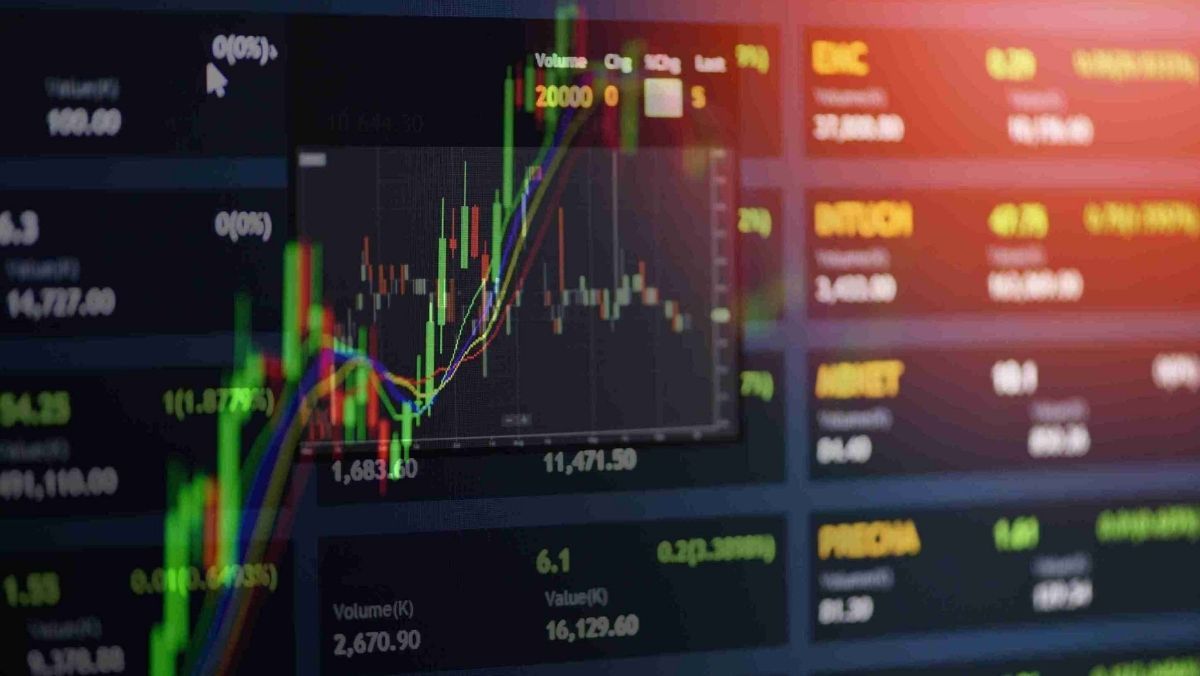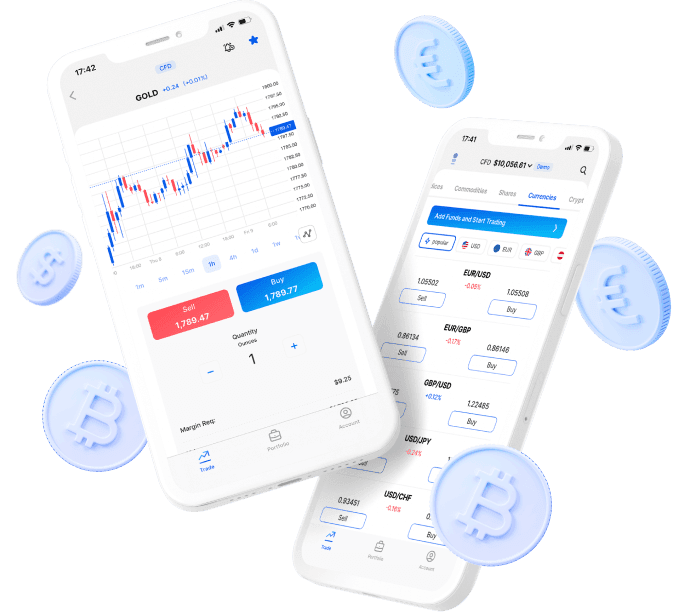Monday Dec 18 2023 08:46

9 min

The vortex indicator is a lesser-known but powerful momentum indicator that can give traders unique insights into market trends. Developed by Etienne Botes and Douglas Siepman in 2010, the vortex indicator (VI) aims to measure the bullish and bearish forces in the market and identify stronger, more sustainable trends.
This comprehensive guide will explain everything you need to know about using the vortex indicator when trading or analyzing the markets. You’ll learn how the indicator works, how to interpret its components, and, most importantly - how the vortex indicator can boost your trading strategy.

The vortex indicator consists of two oscillators - the Positive Vortex Indicator (+VI) and the Negative Vortex Indicator (-VI). The +VI measures positive trend strength and momentum, while the -VI gauges adverse price action and bearish forces. Together, they provide a more insightful view of the markets’ balance of power between bullish and bearish sentiment.
The crossover of these two oscillators is vital for generating trading signals and identifying stronger, market-moving trends.
The +VI and -VI requires a series of calculations to derive their values:
As you can see, the Vortex indicator incorporates volatility, price spread, and comparisons over time to gauge the developing strength or weakness in trends.
The final +VI and -VI ratio lines will oscillate around 0, with readings approaching +1.0 reflecting a strong established uptrend and readings nearing -1.0 indicating a solid downtrend.
The standard vortex indicator settings use two inputs:
A shorter length and moving average period will make the indicator more sensitive to minor price fluctuations. More extended periods have a smoothing effect and ensure you only trade the most meaningful trend shifts.
Traders can experiment to see if customized lengths give clearer signals for their target markets and timeframes. Just remember – the optimal parameters can vary widely on different securities.
You might also like to read: How to Start Trading with Limited Capital?
While the vortex indicator produces robust trend change signals, traders should know that no single indicator can be 100% accurate in all market conditions. Like other technical tools, the vortex will have winning and losing trades.

The vortex indicator tends to be more reliable than many oscillators because its crossover signals are less prone to false moves resulting from minor price fluctuations. The threshold for a full crossover event filters out much noise.
In quantitative studies, the vortex achieved over 70% accuracy for trend change signals in liquid markets using optimal parameters and combining other confirming indicators. Of course, individual trader performance depends significantly on strategy, risk management, and real-world application.
Check this article about How to become a professional CFD trader
The power of the Vortex lies in its ability to identify bigger trend shifts early, making it well-suited for capturing larger moves. There are a few primary tactics for using the indicator:
Traders can also use extreme +VI and -VI readings to identify exhausted trends and anticipate reversals. For example, +VI levels above 0.8-1.0 signify overbought conditions ripe for a pullback. The -VI crossing above would signal the start of that countertrend move.
The most common vortex trading approach relies on bullish and bearish crossovers between the +VI and -VI lines:
Stop orders are placed below the recent swing point on the opposite side of the crossover. Profit targets rely on trailing stops or exits based on structure. Since vortex signals often precede accelerations, entering the crossover or the following candle confirmation works well before overextension.
Another common application identifies bullish or bearish divergences between price action and the +VI/-VI lines. A bullish divergence forms when the price makes a lower low while the +VI line forms a higher low – indicating buyers are strengthening. The opposite convergence on the -VI line signals a strengthening bearish divergence. In all cases, applying other confirming analyses will maximize the probability of profitable vortex trades.
The vortex indicator offers a uniquely powerful perspective into evolving market momentum not found in other oscillators. The mechanics underlying its calculations provide robust detection of meaningful trend changes often before price confirmation.
Yet like any leading indicator, the early clues provided by vortex crossover signals, overextensions, or divergences still require prudent contextual analysis. Simply buying bullish crossovers or selling bearish crosses without sound money management and confirmations is unlikely to succeed long-term.
For best results, traders should:
Following these guidelines – and customizing settings and combinations over time to fit different instruments – can supercharge your technical system. Your odds for both catching impulsive breakouts and fast transitions, as well as avoiding traps, will leap forward.
So tap the power of the vortex indicator tool today to take your trading to new heights! Be sure to know its nuances, as the line between reward and frustration depends wholly upon prudent and strategic application.
Learn and trade with markets.com: The ultimate trading community!


Join the 100.000s that have made markets.com their home for trading. Learn about trading as you grow your portfolio.
More power in our platforms
We currently cannot accept clients from your country. If you have received this message in error, please contact our support team at support@markets.com.
Contact Support
“When considering “CFDs” for trading and price predictions, remember that trading CFDs involves a significant risk and could result in capital loss. Past performance is not indicative of any future results. This information is provided for informative purposes only and should not be considered investment advice.’’
Asset List
View Full ListLatest
View all
Wednesday, 16 April 2025

5 min

Tuesday, 15 April 2025

5 min

Tuesday, 15 April 2025

5 min